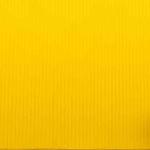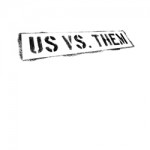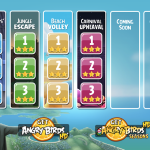I wondered if the guy behind the counter would ask me the question. Again.
I stood up straighter than usual, put on a confident, no-nonsense face, and tried very hard to project the aura that I belong. I walked straight to the liquor section, grabbed a one-litre bottle of Baileys, and walked back towards the cashier.
The guy behind the counter, who looked like he was my age, smiled and asked, “Can I see your ID?”
I tried so hard not to roll my eyes.
“Sure,” I said. I opened my wallet and gave my Indonesian driver license with a straight face.
He looked at the plastic card I handed, looked at me, looked back at the card, and said, “Sorry, we don’t usually accept international driver’s license.”
I pretended to fiddle with the contents of my wallet. Pretended, because I knew that was the only ID I had with my birth date attached to it.
“Sorry, that’s the only thing I have with my age.”
He looked at me again, chuckled, and screened the bottle’s barcode.
“We usually only allow Australian driver license or passport, but it’s okay this time.” I guess as he was an Australian-born Chinese himself (I could tell by his accent), he actually could tell for sure that I was way above the 18-year-old mark.
I smiled, paid for the bottle, and said, “Thanks.”
You know, over the past seven years of living on and off in Melbourne, I have always been above the legal age to drink. (Okay, I lied, I wasn’t yet 18 during the first two months I was here.) But four out of five times, I would always get asked for ID.
Sometimes I brought my passport along, sometimes I didn’t. On the times that I didn’t, I usually asked my husband (then boyfriend) to be the one who paid for the drinks so I would not be subjected to the age question at all.
I really need to get an Australian driving license.
In Australia, the driver license is the holy grail of ID. Sure, you can sub in your passport for most of the occasions, but even a passport is less powerful than the driver’s license (in terms of ID).
Like, passport shows your photo and age. A driver’s license shows your photo, age, and address.
When I got married and moved to the new apartment, I went to a local library to get a membership, and again, as always, they asked for a driver’s license.
Since I had none, I gave like a lot of various IDs to confirm my identity—Working with Children check, credit card, other stuff. But I still had nothing that showed my address.
So I crossed the road, went to the bank, and asked them to print up my bank statement.
Sure, it was not the end of the world, I did get my library membership after that, but it was a hassle. After that I finally decided to do something that I had procrastinated for the past seven years.
I would (try to) get a driver’s license.
There are three tests you have to pass to get an Australian driver license: Learner Permit, Hazard Perception, and driving tests.
Back in 2010, my sister, who went to Melbourne four years before me, was doing the tests to get her driver license. I decided to tag along and do the learner permit test with her. I passed easily (I actually received 100% on that test—just ask my sister). But when she did her Hazard Perception and driving test, I’d become lazy.
My sister took a few driving lessons with an instructor, and I was just making excuses not to do it. Besides, I didn’t need an Australian driver license just yet—I still could drive with my Indonesian license. My sister, on the other hand, had just become an Australian permanent resident, and the law states that PR peeps have to have an Australian driver license to drive.
So I procrastinated. For seven years. And I regretted it a lot.
Sometime in October last year, I finally picked up the phone and called VicRoads. As I own an overseas driver license, the first step was to get my overseas license ‘verified’ by VicRoads. (Mind you, even this costs money.) It is, essentially, paying for a person behind a counter to look at my Indonesian license, verifies it, and gives it a thumbs-up. It’s kind of redundant if you ask me—I already own a car with that license—and it’s all there on the VicRoads’s records.
Anyway, I was too lazy to ask why they have to verify my overseas license (see the recurring theme here?), so I paid for that appointment, get my license verified, and set up another appointment to do the Learner Permit test.
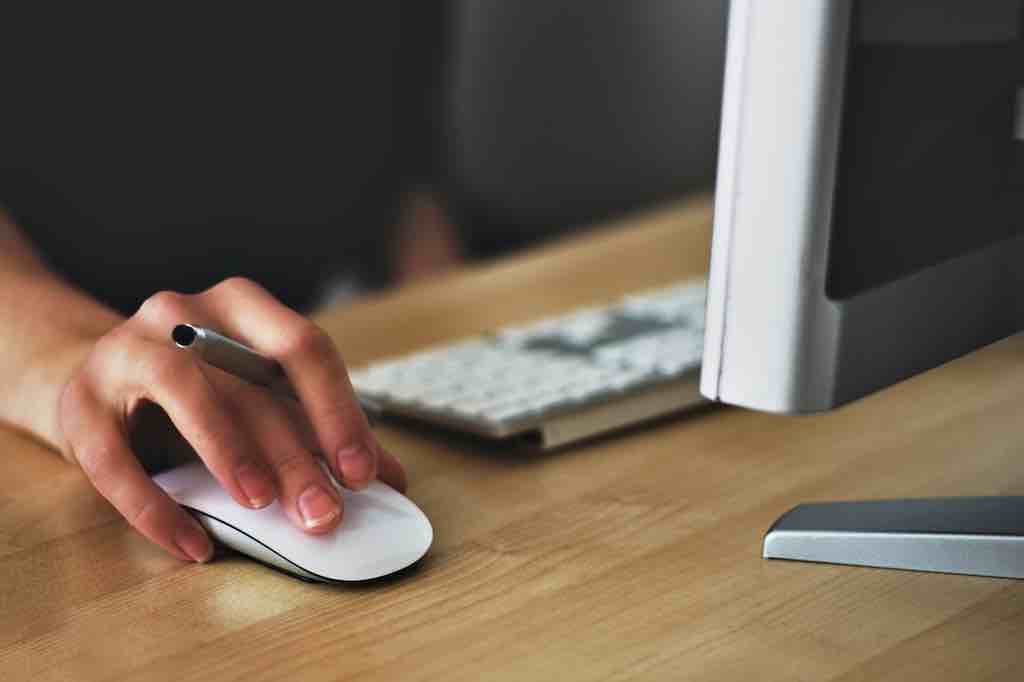
The Learner Permit test consists of 32 multiple-choice questions—it quizzes you about the rules of the road and parking signs and such. You have to score at least 78% to pass. VicRoads summarises these rules in about 170 pages—they are colour-coded, contain lots of images, you get the point.
So I studied for that test, again.
I wasn’t really concerned about passing the Learner Permit test—I had passed the test seven years ago. And thankfully, I passed again the second time, albeit not getting the perfect score. I then set up another appointment for the Hazard Perception test, and this was when my stress level went up.
This second ‘theoretical’ test is dubbed as a redundant test that doesn’t really test your driving skills (or knowledge). Almost everyone said so. The Learner Permit test is important because it quizzes your knowledge on road rules, but this second ‘knowledge’ test is so weird that those who pass share some cheat sheets so other may pass.
(Seriously. Just read this forum. I spent too much time here.)
For each of the 28 questions, a video simulation would be shown. You would have to click (or not click) the computer mouse to turn left or right when it’s safe to do so, or stop when you see a ‘hazard’, e.g. stopping when a person is trying to cross the road, or not click on anything as there is no potential hazard detected.
Since this test heavily relied on the computer screen’s quality, you would think VicRoads would actually allow the users to see the hazards clearly. But, no. The computer screen was grainy.
I honestly could say that if I didn’t read all (I do mean all) the posts in the forum, where people shared some of the test questions and the tips on when to actually click the mouse, I probably would not pass.
After passing the two tests, I’ve finally arrived at the last obstacle that stood between me and owning a shiny plastic card that would make my life so much easier.
It was time to do the driving test.
This was when things got slightly complicated. Because as an overseas driver license holder, if I fail this test that I would not be allowed to drive.
If I fail, I wouldn’t be allowed, legally, to drive in Melbourne. Effective immediately.
Since I’d be driving myself to the test, if I fail, I wouldn’t be able to drive myself back home.
Imagine the pressure.
The earliest driving test slot available would be on a Monday morning, three weeks after I sat for my Hazard Perception. That meant I would have time to do a couple of lessons before I actually sat down for the test.
Clearly overestimating myself, coupled by the desire to save money, I decided to book one 90-minute driving lesson with an instructor.
The instructor said he would take me to the VicRoads area where I was going to do my test, and did a mock-up test. He offered to be on the test with me (extra $150, of course), saying that he has 100% pass rate if he sat with the student during the driving test. Of course, wanting to save that $150, I declined.
I mean, I have been driving for seven years here in Melbourne. I can drive. I can.
Fast-forward to the driving lesson, which was on the Thursday before that Monday.
The instructor told me that the tester would ask me to turn on the lights, turn on the indicators, press on the brake, and point out where the demister in the car is. He told me to remember to not yet turn on the car engine when showing these car functions, and to definitely turn on the engine before starting the test.
Apparently there was a time where someone actually forgot to turn on the car engine and wondered why the car wasn’t moving. If the tester had to tell you what to do (to turn on the engine), you would fail instantly.
I drove down the road to VicRoads, and we started the lesson from there.
It went okay.
Of course, I had to look at the mirror and to do head checks more often than I would actually do during normal driving. I had to remember to slow down and not go even 1 km/h above the speed limit. I had to signal three seconds before I actually made the car move. I practiced my parallel parking and u-turn.
Then before the lesson ended, my instructor said something that almost stopped my heart, “I don’t think your car can be used in the testing as the speedometer can’t be seen clearly from the passenger seat.”
“What?” I said.
“We can go back to VicRoads and asked the officer whether this car can be used,” he said nonchalantly.
“Oh,” I said, not knowing what to respond. At that point, I had purposely used my husband’s car because I know for sure my car couldn’t be used (mine has an electric brake—the one where you press up/down the button alongside the foot brake instead of the usual hand brake). And if I couldn’t use his car, well, this was going to be the start of a nightmare.
We (oh, I) drove back to VicRoads and the instructor walked in front of me. Then he asked the person on the counter about my situation.
“I can send someone out to take a look at the car for you,” the lady on the counter said. Five minutes later, someone did.
She took one a seat at my husband’s car’s passenger seat and simply said, “Sorry, you can’t use this car. I can’t see the speedometer from zero up to 40.”
I had headache then.
We (I) drove back home to my apartment (the instructor left his car there) and I asked how much his fee was to accompany me to do the test, besides knowing exactly how much it was. That way, I could use his car for the test.
Perhaps knowingly, he said, “It’s $150. But I’m fully booked for the next two weeks.”
Dang. Perhaps I should borrow my sister’s car. She used her car during her license test. Surely her car was perfectly usable for this driving test.
That Saturday, with rain pouring heavily (that weekend, Melbourne had the most rain there ever was, erm, -ish), my husband and I drove thirty minutes to my sister’s place and switched cars. Luckily, the rain had lightened a little bit during the exchange (although not completely, I was still a bit drenched).
The night before my test, I couldn’t sleep.
I woke up at seven, feeling like I only had two hours’ worth of sleep. I felt jittery, but thankfully no headache. My body felt super alert—just like when I pulled on an all-nighter when I was younger.
I showered, made coffee, drank coffee, and had something to eat. Le husband tried to calm me, but I felt like combusting at his every “calm down” phrase. He told me to just “remember the most important things: check the mirrors often, exaggerate your head check, don’t go over the speed limit.”
Easy for him to say, and for me to remember (at that time), but who knew what might happen during the test? I even started to think that this was worse than sitting at Royal Exhibition Building to do my exams in June (read: winter) during my undergrad years.
I tried to forget the fact that I would not be able to drive if I failed the test. And to imagine how ashamed I would be if I failed that test after having been driving for the past seven years.
I would not fail.
(Amen.)
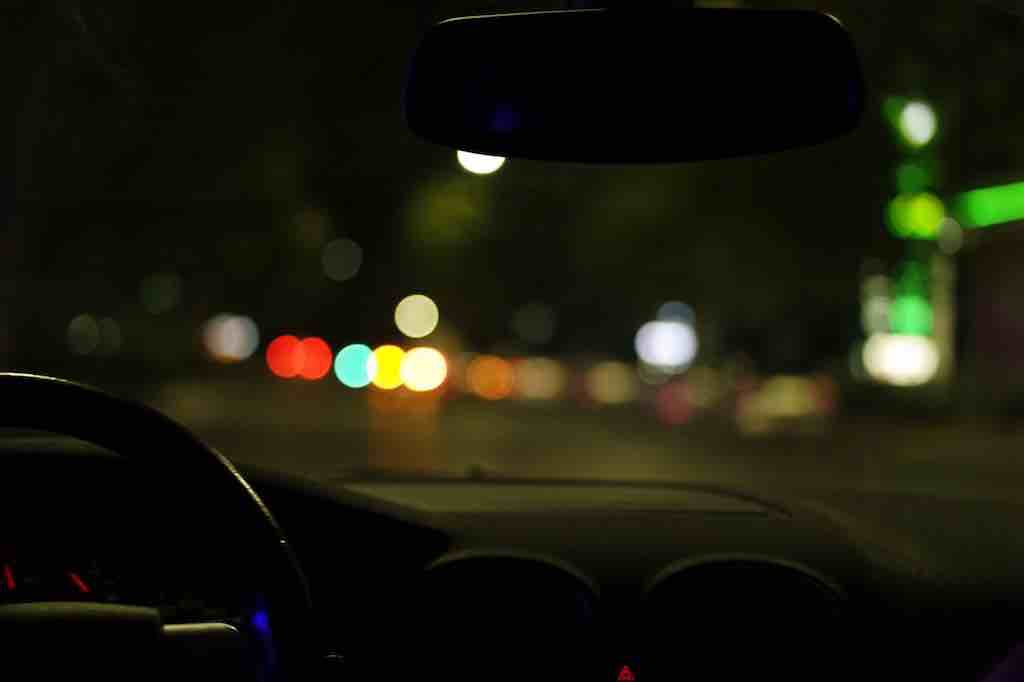
Driving to VicRoads, I tried to: do more mirror checks than needed, go even slower than what’s on the speed limit sign, and take deep breaths.
I arrived way too early (like, twenty-five minutes early) and I started looking for the toilet. There wasn’t any. The closest toilet was at Hungry Jacks around the corner, and I was too lazy to go. So I just signed myself at the counter.
My testing officer was delighted that I was early, as apparently her other appointment was late.
“I just can’t believe that someone would show up late on their driving license test,” she said. “You paid for this and it wouldn’t be refunded, you know?”
My testing officer was a lady in her 50s who by all apparent appearance, looked like the stereotypical ‘somewhat-older lady who would not fail me just because’. At least that was what I convinced myself. She tried to make small talk with me as well (which I appreciated), and even told me about the testings she’d done some days ago (during the heavy rain).
She tested all my knowledge on the car functions, then she sat on the passenger’s seat.
“I can’t really see the speedometer clearly,” she said. “I would have to use another device.” She pulled out a mobile-phone like device with the holder and a piece of paper for me to sign. “Basically it says that you allow me to use this device to track your speed.”
I almost rolled my eyes. If the VicRoads testing officers actually have those speedometer devices (and regularly use them, I presume), why do people need to go the extra mile to get a car which design allows the speedometer to be fully seen from the passenger’s seat?
Anyway.
I signed the paper and suddenly I stopped feeling nervous. The officer tried to make a bit of small talk during the first two minutes of the drive, and it calmed me down. I exaggerated all the mirror checks, and took a long, long time to turn right or left (until the roads, both ways, were totally clear).
The officer instructed me to drive on a similar route that my driving instructor had shown me before, and I made a mental note to thank him for that.
After roughly thirty minutes of driving, we (I) drove back to VicRoads. She walked towards a small office room behind the counter and told me to wait until she called me again.
I was confident that I would pass, but I still hated waiting. What if she was just being nice, and when she tallied up all my scores I ended up not passing?
Anyway.
Seven minutes later I was called to the counter, and she was all-smiles.
“You passed,” she said. “You tend to hover above the speed limit and quickly going down again, but otherwise it was a pleasant drive.”
Hallelujah.
I was so happy that day, that even when I got a call an hour later from a prospective employer that I didn’t get the job [I interviewed for last week], I was still so happy. I actually celebrated the day: I went to an Asian grocery store and bought one kilogram-worth of pork ribs. I made bakut teh that night.
It took me seven years to get an Australian driver license.
Since then, I’ve been stopped once at a liquor supermarket, and have also used the license as an ID during two other occasions. I can honestly say that this plastic card makes my life so much easier.
Here’s the moral of the story: Don’t procrastinate to do things you actually need to do sooner or later. Your future self will thank you.
Photos are used with Creative Commons Zero license.

